BMW is branching out at the IAA
The new BMW boss Oliver Zipse briefly outlined his new drive strategy at the IAA. He avoided making a commitment to battery-electric cars such as VW did and stressed various options. With the ‘i Hydrogen Next’, BMW is also presenting a fuel cell car.
At his first public appearance as head of BMW – less than four weeks after taking over the post – Zipse naturally had to resort to the existing. Of course, he had already shared responsibility for many of them in his role as Chief Production Officer. Nevertheless, there were some interesting statements for the future.
“We are concentrating on the question: Which technologies have the greatest leverage to reduce global greenhouse gas emissions,” says Zipse in his short speech. However, he does not want to virtually prescribe which cars customers should buy in the future with which drives: “A product can only be effective if a customer desires and uses it. In other words, the car buyer should continue to have the choice and be able to decide for himself.
According to Zipse, BMW wants to have sold one million electrified cars by 2021 – but he is not going into what proportion BEVs and plug-in hybrids should have. “The demand for battery-electric cars will increase in the next ten years,” the BMW boss is certain. In 2030, the share of BEV in the premium segment in the USA and Europe will be 30 per cent each, in China even 55 per cent.
Despite these figures, BMW will continue to focus strongly on plug-in hybrids – no real surprise in view of the many PHEV innovations in recent weeks. “In addition to purely electric cars, plug-in hybrids are an effective way of reducing emissions,” says Zipse.
In addition to the battery cars that will come onto the market in the coming years, BMW will continue to rely on hydrogen. BMW will also be exhibiting a fuel cell development vehicle based on an X5, the ‘i Hydrogen Next’. The car only had to be slightly modified for fuel cell technology and shows that this technology can be easily integrated into a vehicle like the BMW X5, says BMW. However, the Munich-based company does not provide any information on the technical data of the engine.
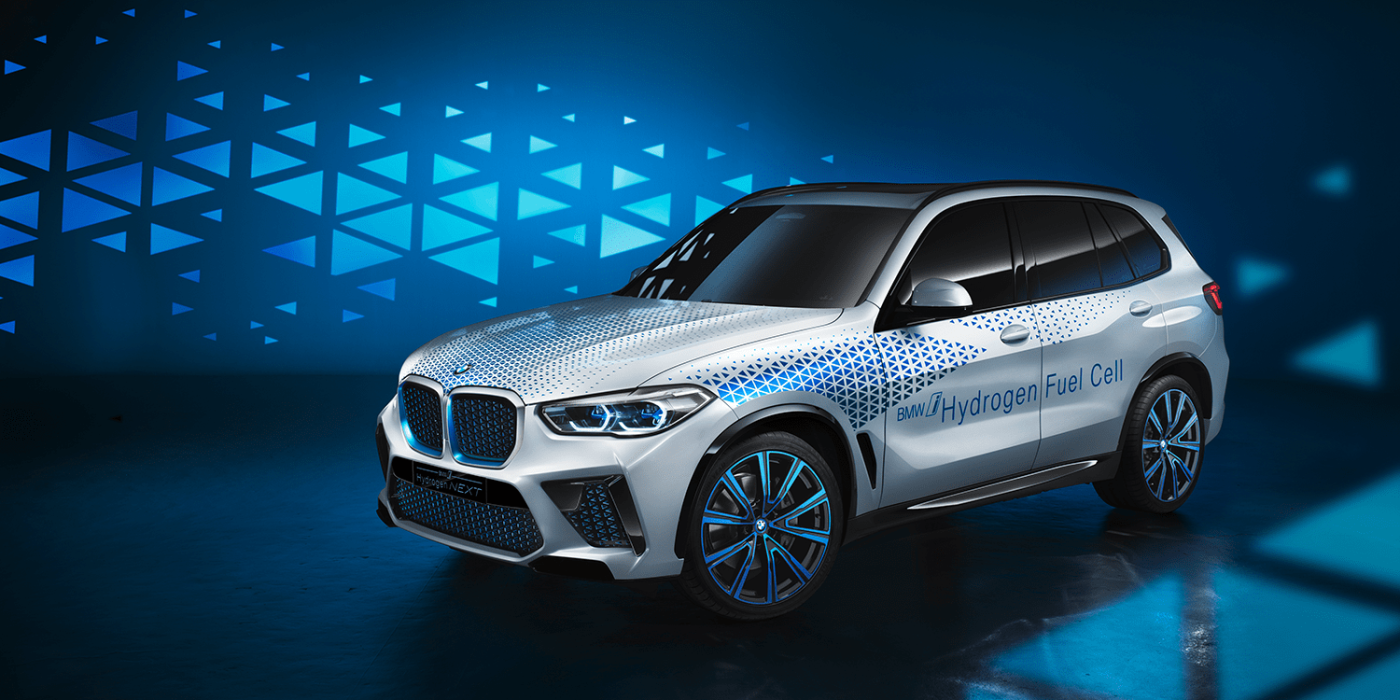
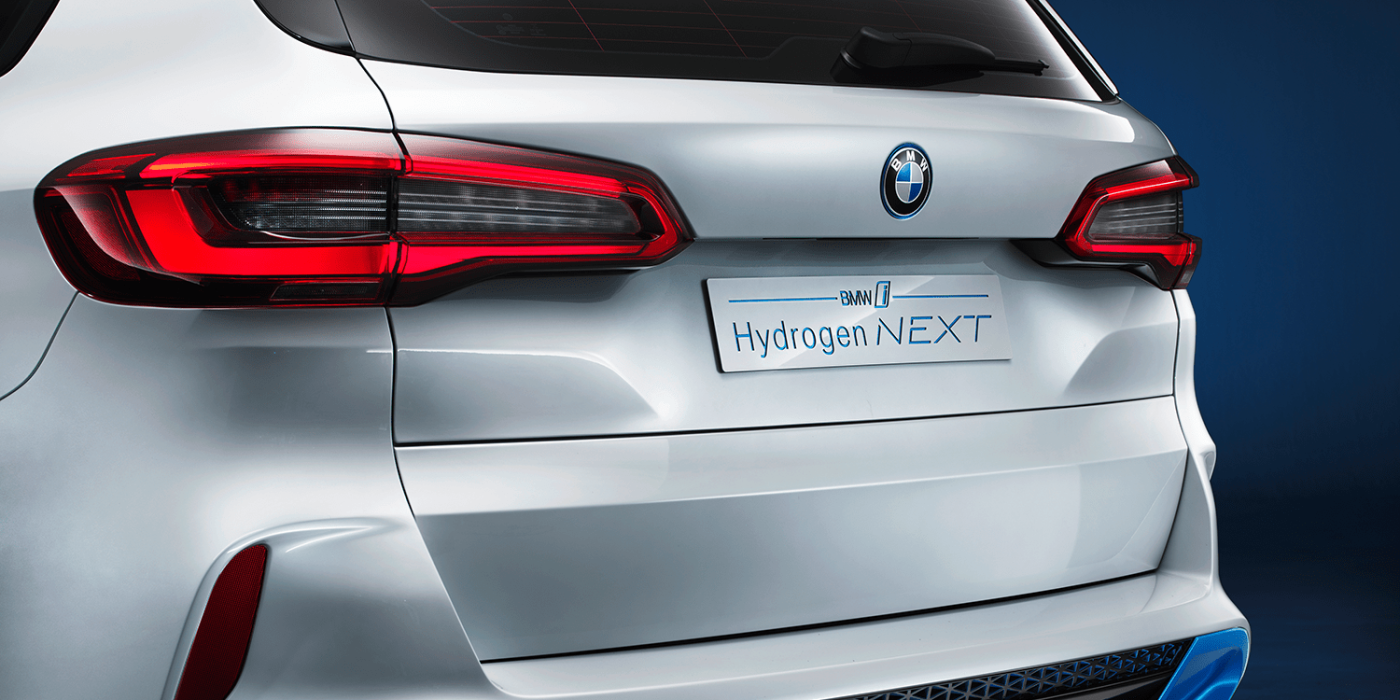
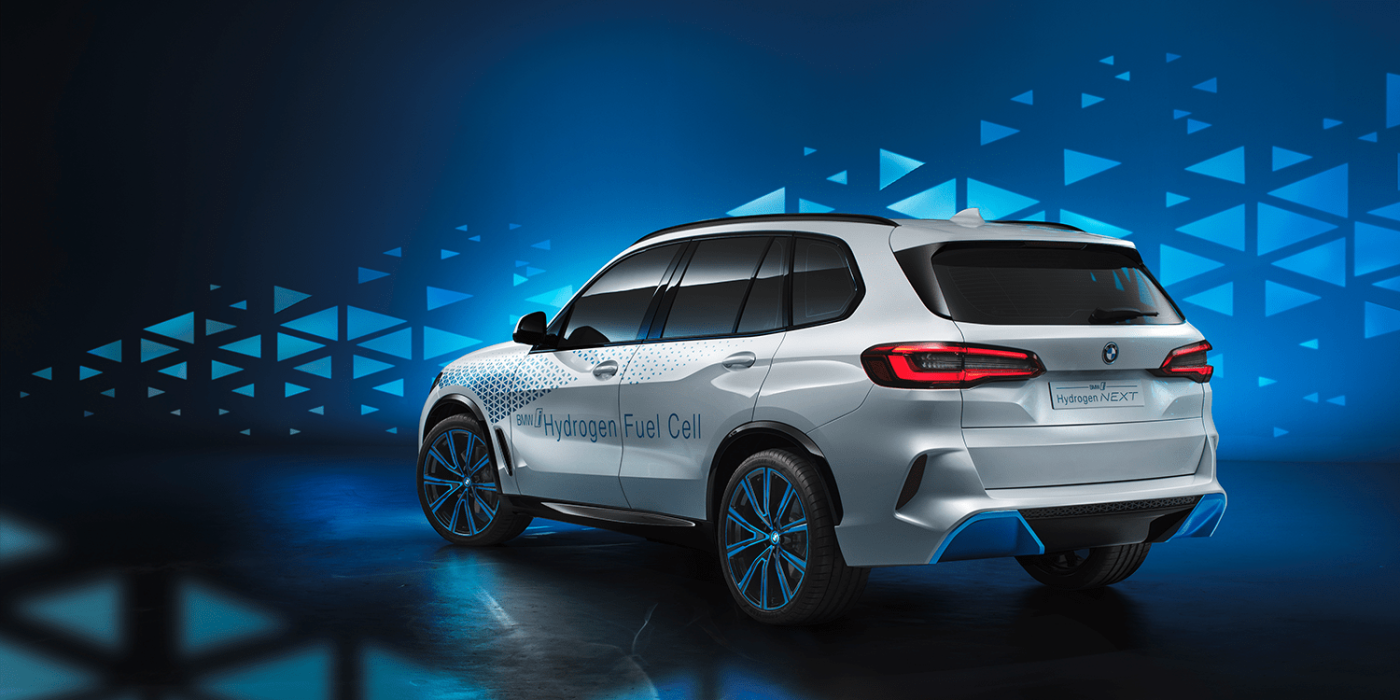
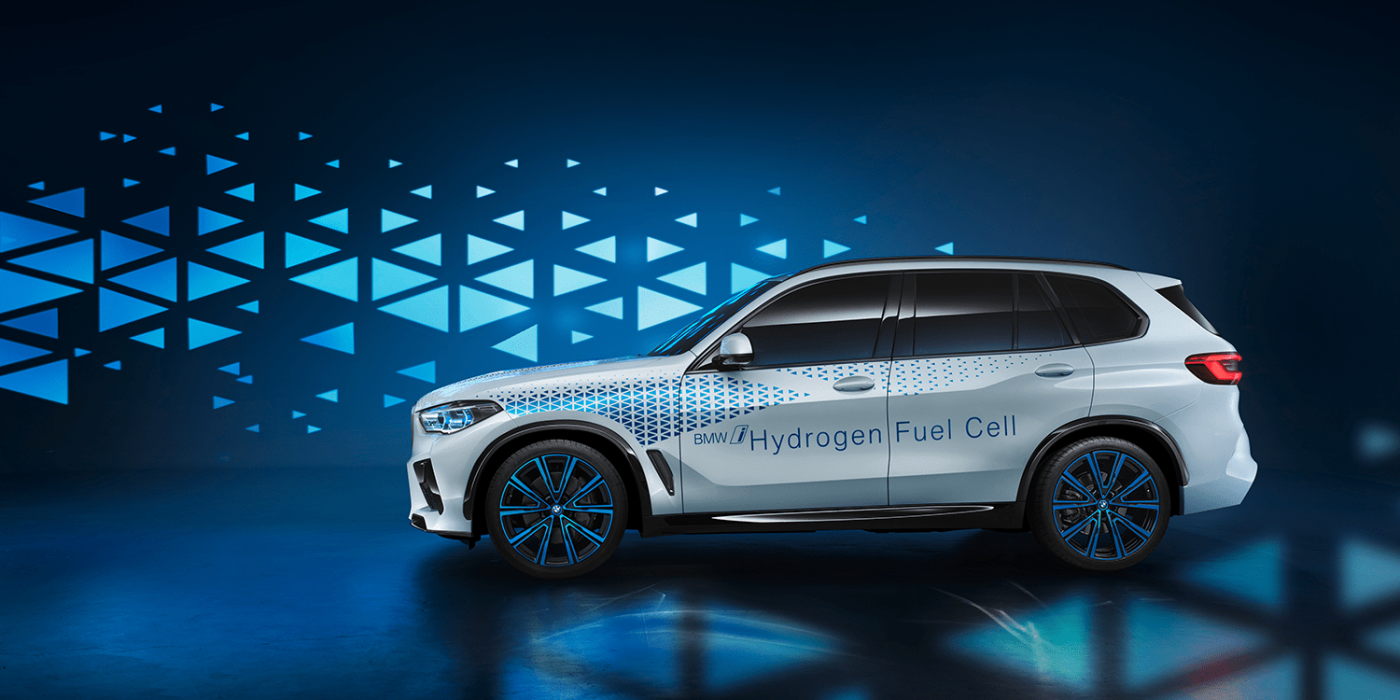
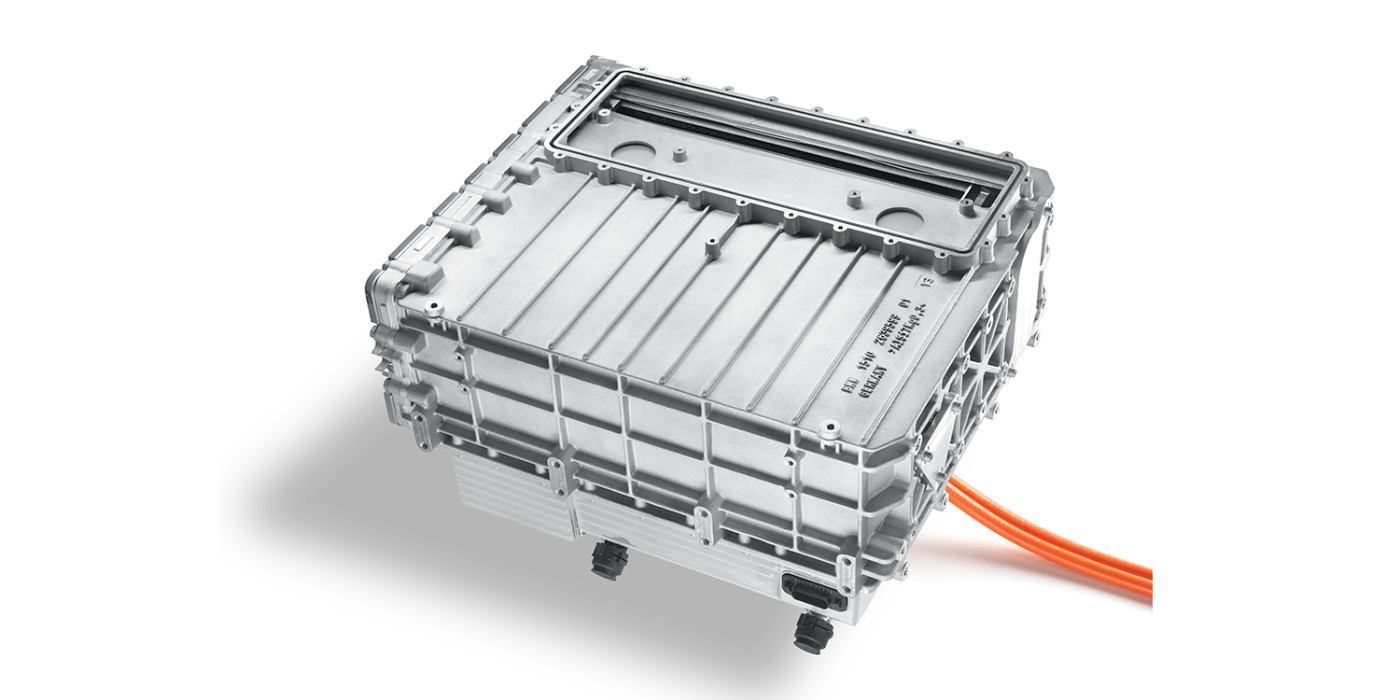
In the year 2022, Zipse wants to put an unspecified fleet of the i Hydrogen Next on the road. The BMW boss does not announce possible series models, but leaves a lot to be desired – even for the customer: “We will be able to supply the technology when the demand is there”. But: From 2025 at the earliest and depending on market requirements and framework conditions. That is to say: Above all from the filling stations. And if BMW takes its own statements about reducing greenhouse gas emissions seriously, the effect of the FCEV will depend above all on the production and transport of hydrogen.
With the Concept 4, which was presented by chief designer Adrian van Hooydonk, BMW gave an outlook on the future 4-series – which will also provide the basis for the i4. So the design could be an indication of the i4 in parts, but there are no new technical details on the part of BMW. However, BMW will continue to rely on conventional drives. “We believe in the “power of choice” of our customers: Different drive trains for different customers all over the world,” says Zipse.
In addition, there was also news about the upcoming Formula E season: The BMW team has signed Maximilian Günther as a new driver for the sixth Formula E season. He is moving from Dragon to BMW i Andretti and replacing António Félix da Costa. Newcomer Maximilian Günther drove ten races for GEOX Dragon in 2018/19, finished fifth twice and was twice in the Super Pole competition of the fastest six drivers in qualifying. He is no stranger to BMW Motorsport: In 2011, Günther started his Formula career in the Formula BMW Talent Cup – BMW’s programme for promoting young talent – and finished second. This was followed by numerous successful positions in Formula racing.
bmwgroup.com (FCEV), bmwgroup.com (general outlook), bmwgroup.com (IAA), bmwgroup.com (Günther)




0 Comments